
This reading binge takes me down the rabbit hole of 17th century history, European and American. I’m amazed reading European history that the colonies are mentioned as an afterthought. They were successful commercial ventures, overseen by nationals, with cheap local labor. For us in the colonies, that neglect by the home countries is what fermented revolution.
The White King: Traitor, Murderer, Martyr by Leanda de Lisle (Hachette 2017)
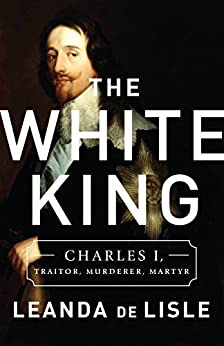
If you like reading history, de Lisle does a good job of cramming the monarchy of Charles I of England into 300 some pages. It’s only 40 years since the reign of Henry VIII, and England is besieged by religious schisms, rising desire for autonomy in Scotland and Ireland, and Parliament’s desire to limit the power of the King.
The subtitle of this book, Traitor, Murderer, Martyr, summarizes the charges brought against Charles by Cromwell’s Parliament that led to the King’s beheading. From the Royalist point of view, Charles was steadfast in his devotion to the Church of England, a loving father and husband, and a great leader in the Civil War.
His failure was indecision and too much trust in people who betrayed him. If you are a history buff, this is good reading. It spurred in me a desire to read more about the North American colonies during this period – Puritans in the New England and Royalists in the South Atlantic colonies.
Pure by Andrew Miller (Europa, 2011)
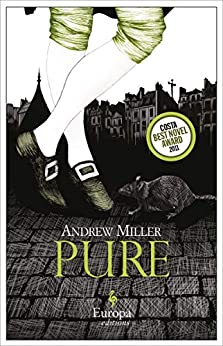
Can there be a fun read about exhuming thousands of decomposed bodies in the middle of Paris around 1786? Pure examines the fictional life of engineer Jean-Baptiste Baratte who is charged with demolishing the church of Les Enfants and surrounding cemetery.
So many have been buried in the confines of the church walls, the local water and air are contaminated with the odor and poison of decay. We’re talking a series of mass graves 25’ deep, 15’ square, an estimate of two million bodies.
Baratte, young and from the northern provinces, is thrown into a major position of leadership. He learns his macabre job. A good historical novel. I’m anxious to read more from Andrew Miller.
The Thursday Murder Club by Richard Osman (Viking, 2020)
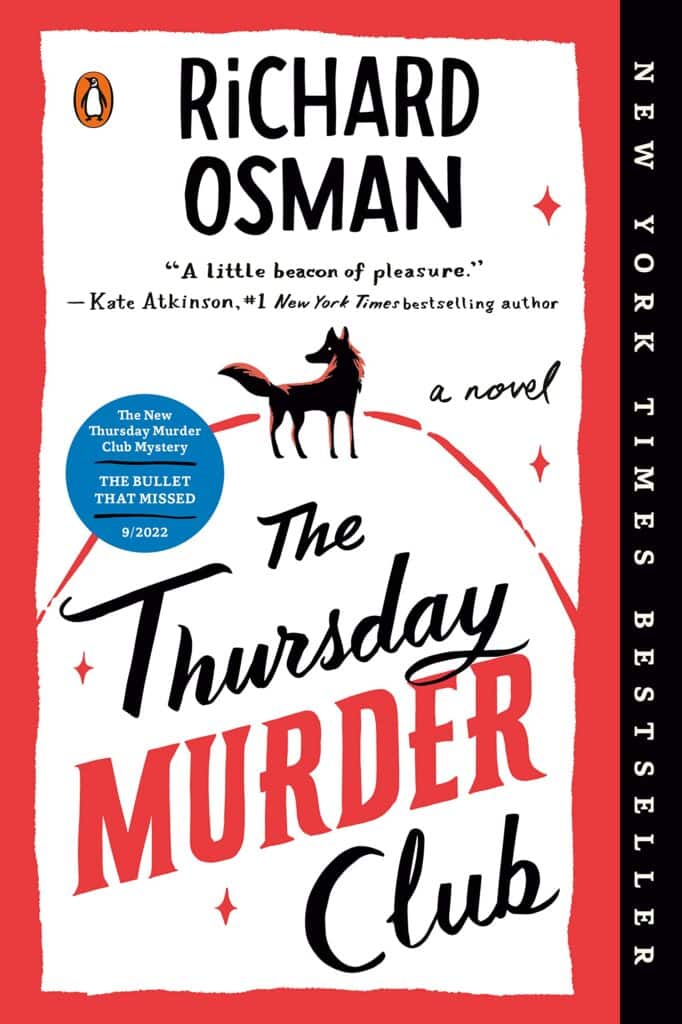
Nine Lives by Peter Swanson was to be my last murder mystery. They are too formulaic, and the payoff is rarely worth the time investment. Then I read another recommendation and fall into the pit again. This time it’s British entertainer Richard Osman’s The Thursday Murder Club. And this series features seniors living in a retirement community to complete a tired cliché.
In a nutshell, the solution to the mystery is too contrived and unrealistic. But the characters developed by Osman are entertaining and his writing style is fun. Yes, I’ve already ordered book #2 from the library. Dive in, prepare to be entertained by Osman’s writing if not by the plot.
The Man Who Died Twice: A Thursday Murder Club Mystery by Richard Osman (Viking 2021)

Oh, those murder mysteries! Osman’s The Man Who Died Twice: A Thursday Murder Club Mystery is a delight to read. Savor the lovely characters he develops, their love for one another, and their joie de vivre. And this mystery had a more palatable resolution than the first one in the series, The Thursday Murder Club. He has a third out, and I’ll be enjoying that shortly.
Pirate Latitudes by Michael Crichton (Harper Collins, 2009)
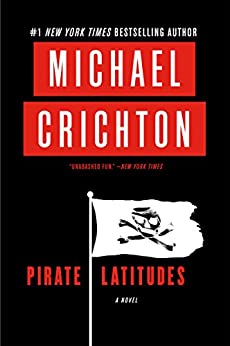
Swashbucklers Unite! In my search for historical fiction of 17th century Colonial America and the West Indies, I chanced upon a Michael Crichton pirate saga – published after his death. But this is still a Crichton book with drama, action, and good to great characters.
The locus is a small British island in the West Indies, with petty bureaucrats, petty islanders, and a great female character. Nothing to do but enjoy this quick read.
The Last Baron by Tom Sancton (Dutton, 2022)
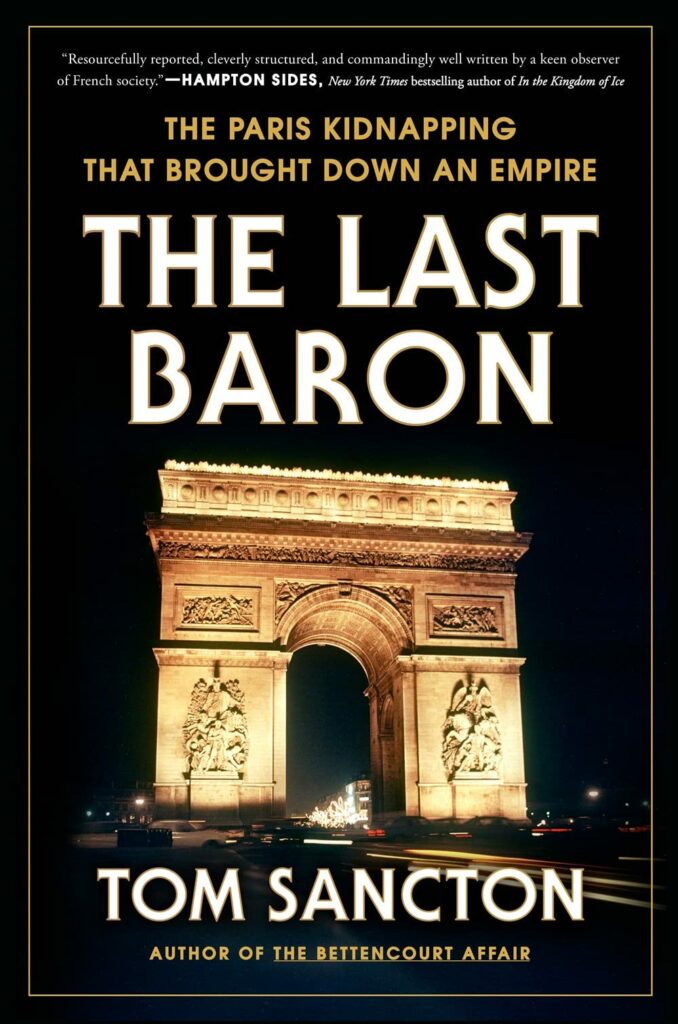
The story talks of incredibly rich Baron Edward-Jean “Wado” Empain, citizen of Belgium, resident of Paris, with homes around the world. He was kidnapped in 1978 by petty criminals with big ideas. The baron is mishandled by everyone involved: police, security, Paris city government, French national government, the family, the criminals.
Empain was the one who kept a cool head through months of captivity. This is also the back story of the famous Empain fortune, and the over-the-top father and grandfather and mother of Wado. Just this year, I read about the threat to the Empain fortune forestalled when France decided not to proceed closing their nuclear plants – all owned by the Empain empire. Good read.
Stories from the Tenants Downstairs by Sidik Fofana (Scribner, 2022)
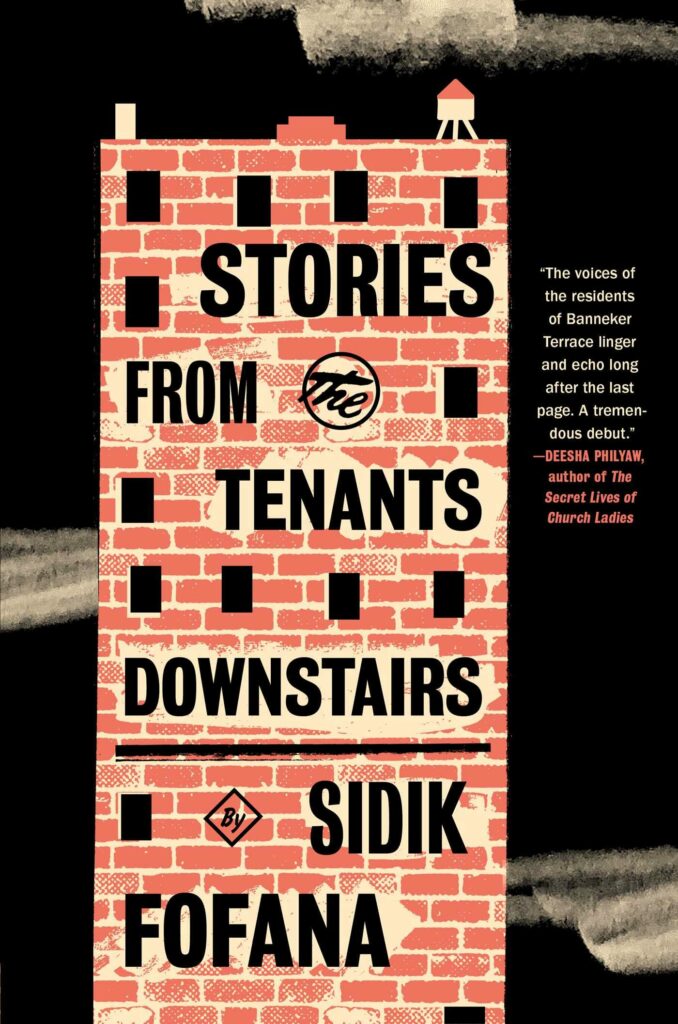
I’m not a short story fan but occasionally enjoy those arranged around a theme. These are stories of the tenants who live in a decaying apartment building in Harlem, Bannecker Terrace. I also steer clear of first books, but Sam Sacks in the WSJ gave this a brief, glowing review. Fofana’s ability to write in the dialect of each character brings them individually alive. A well-written, sad book about difficult lives.
Cheap Land Colorado by Ted Conover (Knopf 2022)

Do you remember those ads in Parade Magazine for cheap land in Colorado – own ten acres for $1999.00? I’m talking about the 1960s and 70s. People did buy those lots. Most defaulted on their mortgages, and these were snatched up by speculators. And there are those who built hovels and lived there.
What a fun, sad story of life on the fringe. Conover goes to Colorado to poke a stick into the fringe and ends up buying property and living there part-time. A most enjoyable book.
The Relation of My Imprisonment by Russell Banks (Sun and Moon Press, 1983)
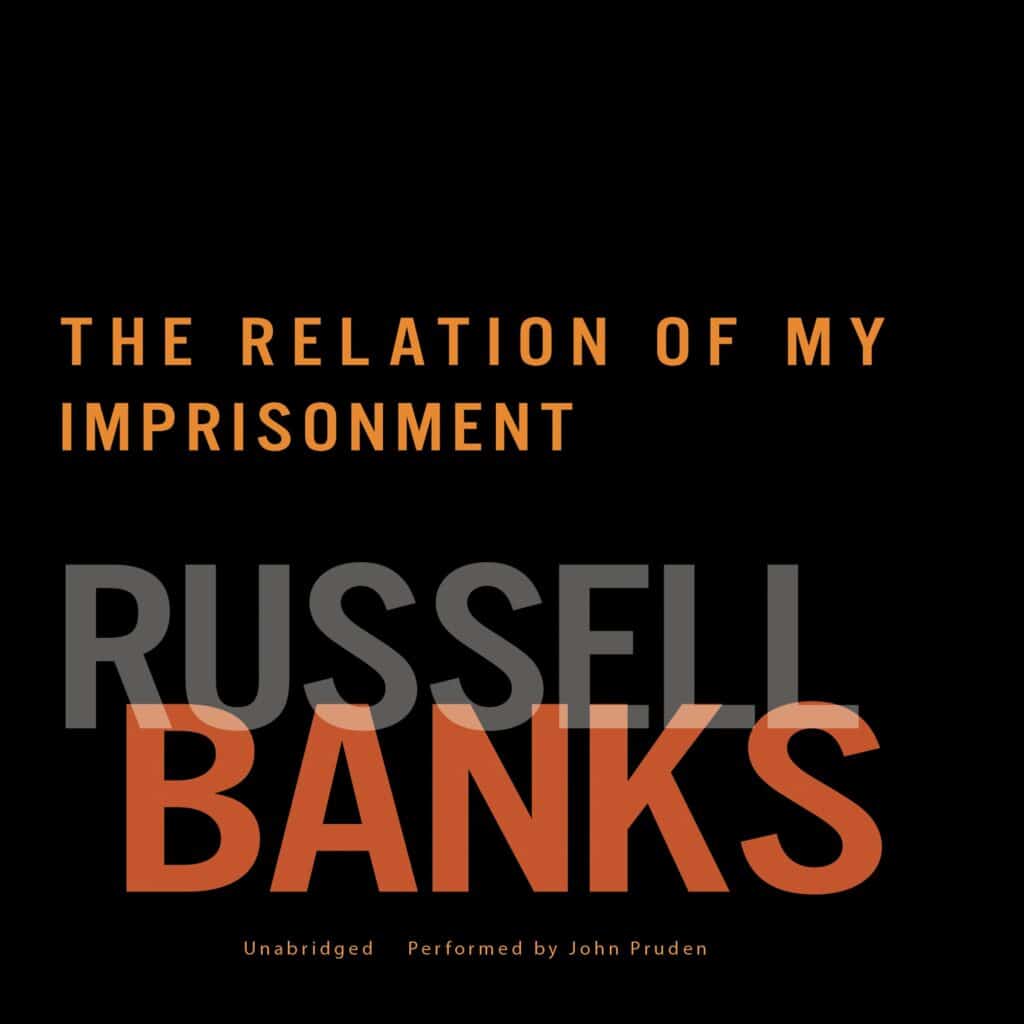
I love the imagination and precise attention to detail of author Russell Banks. So, when searching for historical U.S. fiction of the 17th century and this book came up, I jumped on it. Evidently The Relation of My Imprisonment was so unpopular that my copy has never left the library since it was accessioned in October 1984. I enjoyed it.
Banks writes in a 17th century Puritan format used to relate personal stories of sins and redemption, all tied to scripture. You can see the author winking at readers as he tells the story of a coffin maker whose faith is based on worship of the dead. This practice is declared blasphemy by both the church and town councils.
Ergo, the coffin maker is arrested, tangled in the legal system, and spends 12 years in jail. It’s a great read and only 121 pages. When released, the NYT concluded its review, “This is a marvelously written little book, fascinatingly intricate, yet deceptively simple. “
The Family Fang by Kevin Wilson (Harper Collins, 2011)
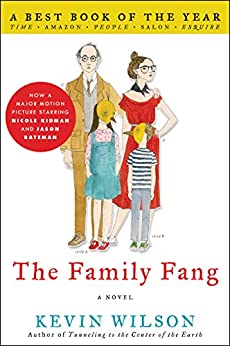
What a rollicking tale! A family of performance artists – disruption as art. Calib and Camille Fang, accompanied by their children, Annie and Buster (A,B,C). Unlike a flash mob where unsuspecting onlookers are surprised, then pleased, The Fangs stage traumatic situations that puzzle, frighten, and often involve unsuspecting bystanders.
Picture a child winning the Little Miss Pretty Contest, then ripping off the wig to disclose a boy. A unique story, well told.
The Periodic Table by Primo Levi (Schocken Books 1984)
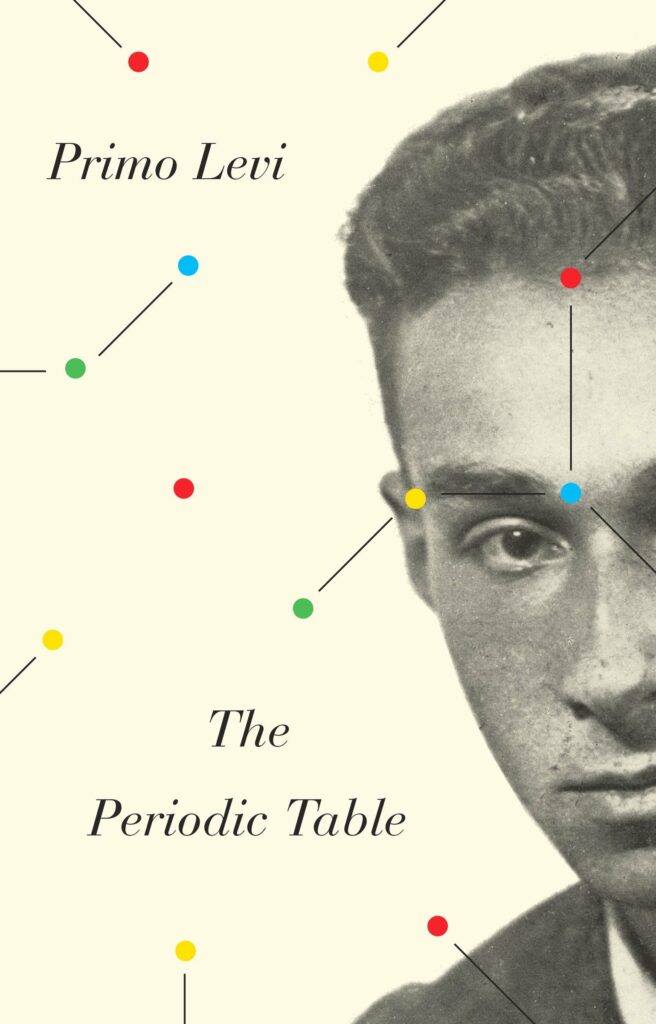
Using the Periodic Table as his maypole, Levi spins fascinating tales about his experiences as a young chemist at the start of WWII. Some of the short stories are tales that he retells. Some appear to be memoir – especially the two ending stories the derive from his experience at Auschwitz.
Levi is a beautiful writer, as is this translation from Italian. Only the first story was a bit dense – a short history of his Jewish Piedmonts’ ancestors and relations. He compares them to the inert gas argon – that reacts with nothing unless put in a furnace with incredible heat. Fun with chemistry.
Ducks: Two Years in the Oil Sands by Kate Beaton (Drawn and Quarterly 2022)
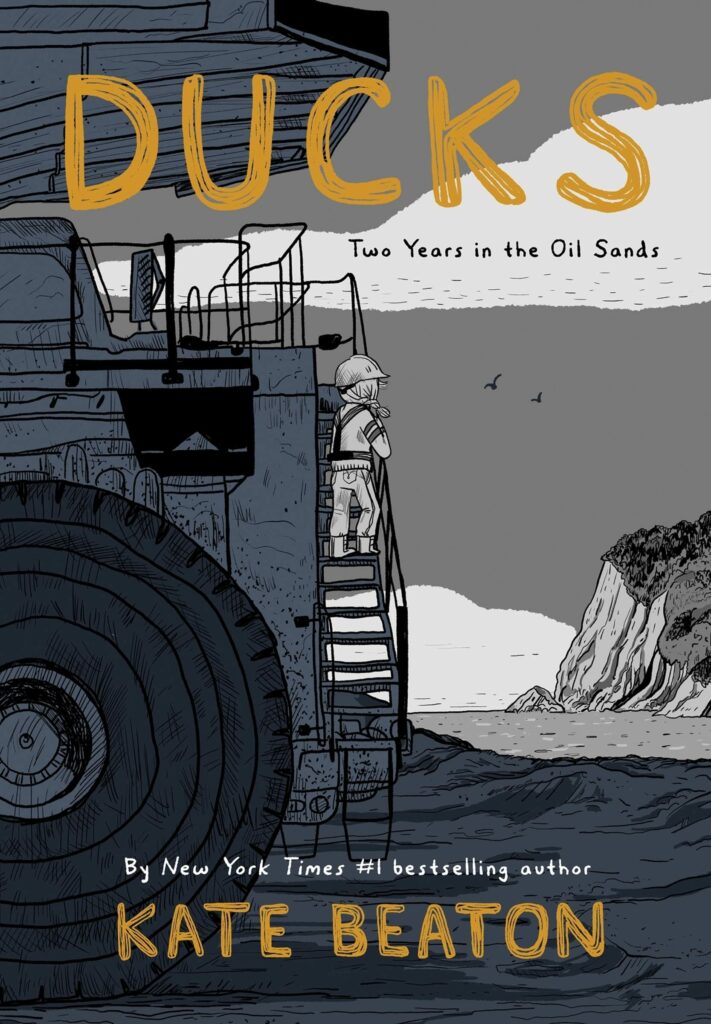
A graphic memoir – readable in several hours. The cartooning is excellent, simple, and revealing. The story follows Kate’s two years working low level jobs for high pay in the Canadian oil sands in Alberta. Her goal is to pay off her student loans, so at 22, with no construction experience, she dives into a world where women represent 1% of the workforce.
She does okey. She learns a lot of tough lessons that should put her in good stead when confronted with the gentle world of her home in Nova Scotia. I enjoyed it.
España: A Brief History of Spain by Giles Tremlett (Bloomsbury Publishing, 2022)
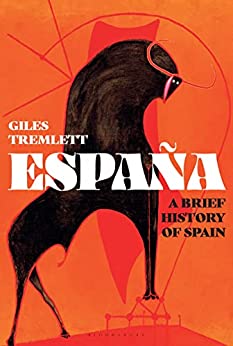
How could anyone resist a comprehensive history of Spain in 300 pages? Beginning with the myth of Hercules creating the straits of Gibraltar and ending with the abdication of King Juan Carlos in 2017 and the recent Covid fiasco in Spain, the country emerges stronger than ever – a miracle.
Tremlett writes clearly and concisely (he has no choice) since the title claims the book is “brief.” I enjoyed the read, fell in love with Spain again, and can’t wait to return and spend months in the whole country. So far, I’ve only lingered in Barcelona. What joy awaits. Care to join me?
Stay True: A Memoir by Hua Hsu (Doubleday, 2022)

I liked this book; it took me to a different world. It’s a stretch from me, a senior white woman, to relate to UC Berkeley students at the turn of the 21st century. Hsu’s family are immigrants to the Bay Area from Taiwan in the 90s. His father returns to work in one of the booming Taiwanese chip plants.
I loved that father and son used fax machines as a communication/coaching device for Hsu’s high school studies. At Berkeley, Hsu meets Ken, a Japanese-American from Southern California. Ken’s family is more established, and Ken appears to harbor no immigrant inferiority.
Though different in personality (Hsu introverted, Ken outgoing), they bond, particularly over outsider music, Hsu’s passion. It’s no spoiler to share that Ken dies in a tragic murder. The memoir focuses on the sweetness of friendship and the progression of life after.
The Magic Kingdom by Russell Banks (Knopf, 2022)
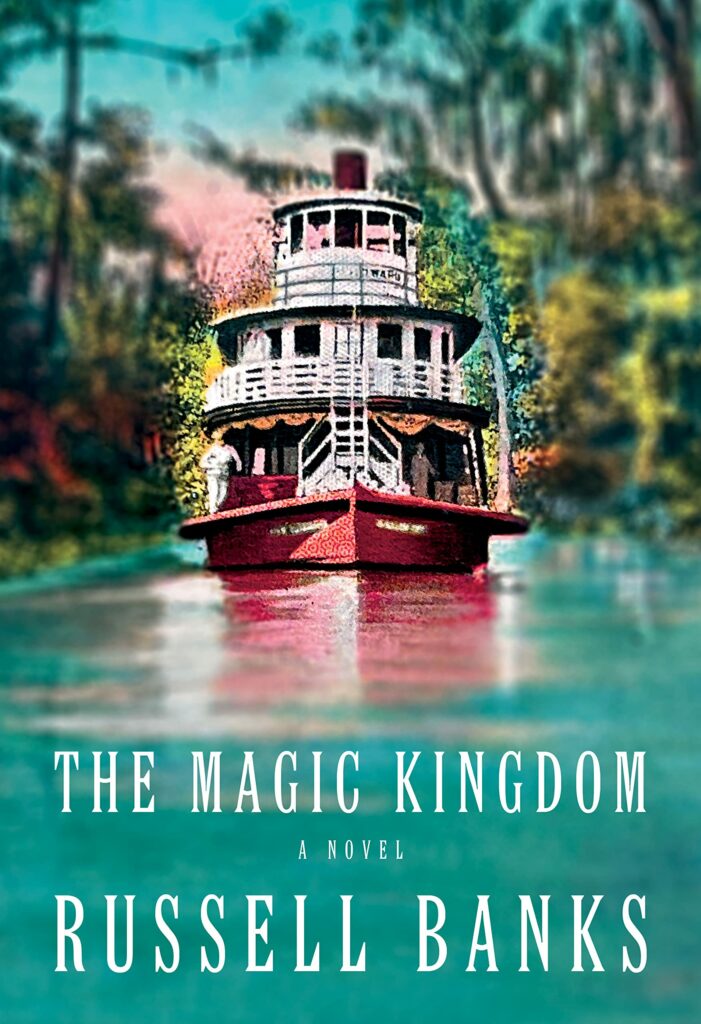
Banks is such a great storyteller. This time he takes us to Central Florida and a Quaker community established shortly after the turn of the 20th century. The narrator, Harley Mann, dictates his life story, drawing us from religious communes in Indiana, to Alabama, to Florida and the Quakers. These communes rested on fragile foundations of belief.
For the Quakers, men and women lived separately and never married. Thus, they only grew through attraction. Not many were attracted to swampy, buggy Florida. Though the Quaker community thrived commercially due to their enrichment of the land and agricultural savvy.
Of course, carnal love is involved, and betrayal, and escape. But Harley came back, purchased all the land at rock bottom prices. You guessed it. He then sold it to Walt Disney. Good story, well told, but it dragged for me in a few places.
Let’s Have a Conversation:
How many books do you read in a month? Where do you get your books from? What was the last book you read and would you recommend it?





